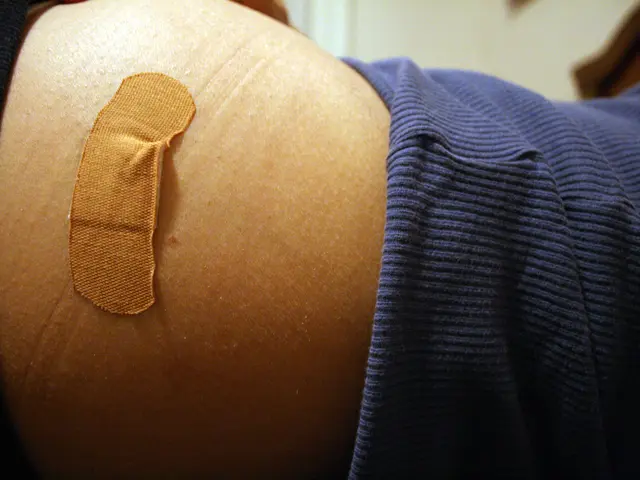Rare Ocular Motor Apraxia, Cogan Type, Impacts Daily Life
Ocular Motor Apraxia, Cogan Type, is a rare neurological condition that significantly impacts an individual's daily life. This disorder affects the ability to control eye movements, making simple tasks like driving, reading, or engaging in conversations challenging.
Cogan Type Ocular Motor Apraxia is characterized by difficulty initiating voluntary eye movements. This leads to challenges in tracking objects and maintaining visual attention. Symptoms can vary but often include difficulty moving eyes smoothly, head thrusting, visual disturbances, and reading difficulties.
The exact cause of this condition is still under investigation, but it is believed to involve dysfunction in specific brain areas responsible for eye movement control. This disorder is often associated with other neurological conditions like ataxia and nystagmus, and can affect both children and adults.
Early diagnosis and intervention are crucial for managing the condition effectively. Consulting a healthcare professional is essential if you or someone you know is experiencing symptoms. While there is no specific cure, treatment options primarily focus on supportive therapies such as vision therapy, occupational therapy, and adaptive strategies to improve eye movement control.
Ocular Motor Apraxia, Cogan Type, is a rare but serious condition that significantly impacts daily life. Although there is no cure, early intervention and supportive therapies can help manage symptoms and improve quality of life. If you suspect you or someone else may have this condition, it is crucial to consult a healthcare professional for proper diagnosis and treatment.
Read also:
- FDA's Generic Mifepristone Approval Sparks Pro-Life Concerns Over Safety and States' Rights
- Understanding Child Development: Causes and Signs of Delays
- Pope Francis' New Book 'Let Us Dream' Offers Unity and Hope for Post-Covid World
- Stephanie Estremera Gonzalez: From Medical Assistant to Residential Manager at The Point/Arc








